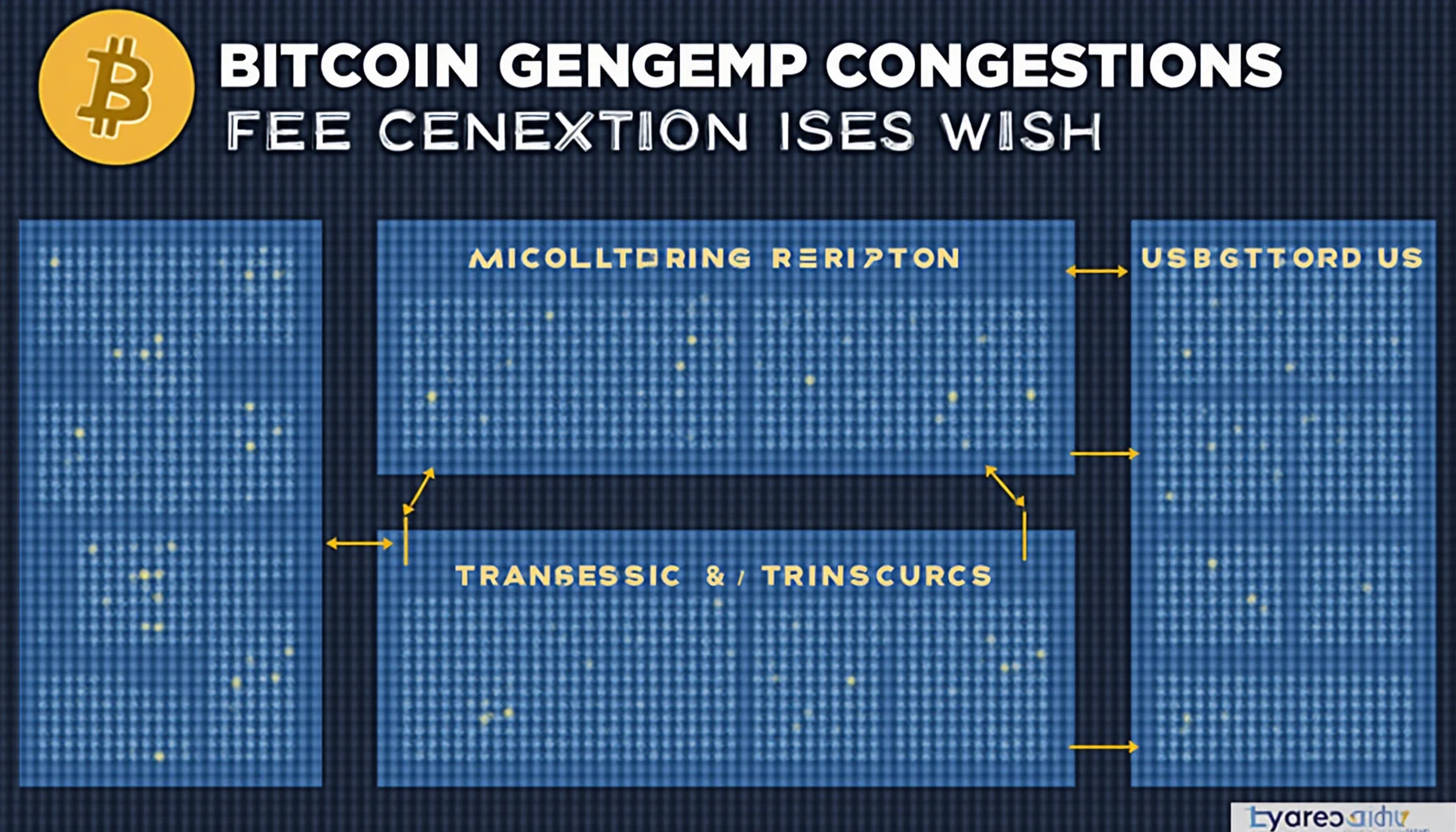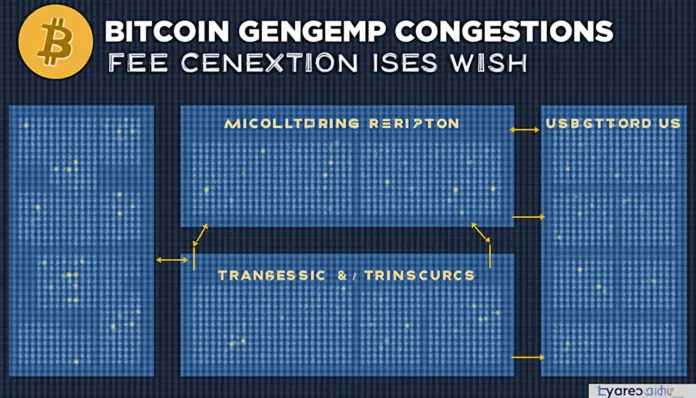Introduction: Are You Frustrated with Bitcoin Transaction Delays?
In an era where over 400 million people engage in digital currency transactions, many users face the common challenge of network congestion in Bitcoin. Did you know that during peak times, transaction confirmations can take hours, leaving many feeling helpless? In this article, we’ll explore practical Bitcoin network congestion solutions that not only improve transaction speeds but also enhance your overall experience with digital currency trading.
Understanding Bitcoin Network Congestion
When we talk about Bitcoin network congestion, we’re referring to the scenario when too many transactions are queued in the mempool, causing delays in processing. Think of it like a busy highway during rush hour; the more cars (transactions) you have, the slower everything moves. Factors contributing to this include:
- Increased market activity
- High transaction fee demand
- Limited block sizes
1. Implementing Transaction Fee Strategies
Adjusting your transaction fee is one of the best ways to ensure your Bitcoin transactions go through quicker during congestion. Setting a higher fee can prioritize your transaction in the mempool. Here’s how:

- Monitor Fee Rates: Use tools like mempool.space to see current fee trends.
- Choose Optimal Times: Execute transactions during off-peak hours to lower fees.
- Use Replace-by-Fee (RBF): Opt for RBF transactions which allow you to increase fees later if your initial transaction is stuck.
2. Exploring Layer 2 Solutions: The Future of Bitcoin Transactions
Layer 2 solutions such as the Lightning Network enable faster and cheaper transacting. Here’s a scenario—you’re at a coffee shop, and instead of waiting an hour for confirmation, you can pay instantly. Some benefits include:
- Immediate transaction confirmations
- Lower fees for merchants
- Scalability for future demand
3. Timing Your Transactions: A Key Strategy
Another effective Bitcoin network congestion solution involves timing. You may be asking, “When should I send my transactions?” Here are some tips:
- Use Historical Data: Track Bitcoin’s transaction volume trends to predict peak times.
- Leverage Analytics: Services like Bitinfocharts can provide insights on traffic patterns.
- Be Flexible: If you can wait, delay transactions until network congestion eases.
4. Long-Term Solutions: Supporting Bitcoin Scalability
To tackle issues of congestion in the long term, support initiatives that aim to enhance Bitcoin’s scalability, such as:
- Advocating for Segregated Witness (SegWit) adoption.
- Participating in community discussions on network improvements.
- Educating others about effective wallet usage and transaction settings.
Conclusion: Take Action Today!
Understanding how to navigate Bitcoin network congestion enhances your digital currency trading experience immensely. Implementing better fees, utilizing Layer 2 solutions, timing your transactions, and supporting long-term scalability measures are all steps towards smoother transactions. Ready to enhance your Bitcoin journey? Explore more solutions at Hibt and boost your Bitcoin transactions today!




